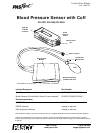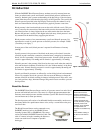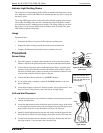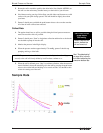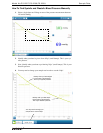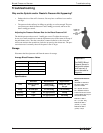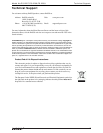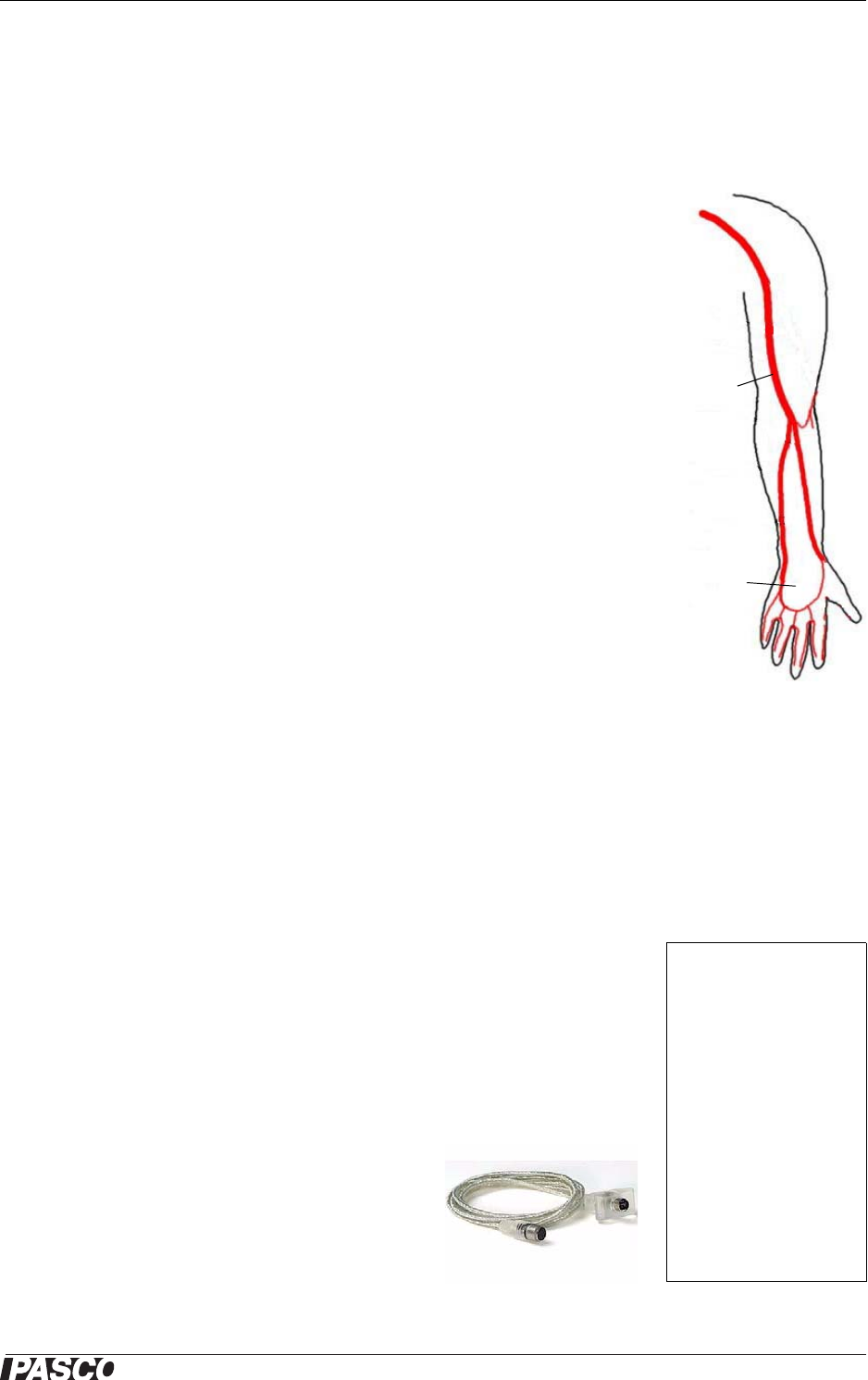
®
Model No.PS-2207,PS-2208,PS-2209 Introduction
2
Introduction
With the PASPORT Blood Pressure Sensor, students can easily measure heart rate
(beats per minute) and systolic and diastolic arterial blood pressure (millimeters of
mercury). Students gain a greater understanding of the physiology of the circulatory
system when they also learn about the physiology of blood pressure. The systolic and
diastolic pressure provided in the digit display can be used by the student to verify
their own determination of blood pressure from a graph of pressure versus time.
Blood pressure is the force that blood exerts on the walls of blood vessels. This pres-
sure is caused by the contraction of the heart and by muscles that surround blood ves-
sels. Blood pressure is always highest in the two main arteries that leave the heart.
Because the pressure is usually a little higher in the left artery, blood pressure is usu-
ally measured in the brachial artery supplying the left arm.
Blood pressure consists of two measurements: systolic and diastolic pressure. It is
represented as a ratio of systolic pressure to diastolic pressure, for example 130/80
(“one-thirty over eighty”).
In most parts of the world, blood pressure is reported in millimeters of mercury
(mmHg).
Systolic pressure is the pressure of the blood on the artery walls when it leaves the
ventricles at peak ventricular contraction, when the heart is emptying its chambers of
blood. It is the "top number" of the blood pressure ratio. Normal systolic pressure for
a male is approximately 120 mmHg and for females is approximately 110 mmHg.
Diastolic pressure is the pressure of the blood on the artery walls when the ventricles
relax and the heart's chambers fill with blood. It is the "bottom number" of the blood
pressure ratio. Normal diastolic pressure for a male is approximately 80 mmHg and
for females is approximately 70 mmHg.
Systolic and diastolic pressures are affected by various biological and environmental
factors. For example, the salt in a person's diet can cause the kidneys to change the
amount of fluid in our blood, resulting in changes in blood pressure. Diet, stress, exer-
cise, body position, drugs, hormonal changes and genetic factors can affect a person's
blood pressure.
About the Sensor
The PASPORT Blood Pressure Sensor consists of a pressure sensor box and a blood
pressure cuff with bulb and valve. The sensor is a digital sphygmomanometer that
measures mean arterial pressure and then calculates systolic and diastolic blood pres-
sure and heart rate (in beats per minute).
The blood pressure cuff consists of an inflatable bladder connected by one hose to a
hand pump bulb with a push-button release valve, and by a second hose to the pres-
sure sensor box.
The Blood Pressure Sensor can be connected to any
PASPORT interface (such as the SPARK Science
Learning System (SLS) or SPARKlink). The sensor
can be used with the PASPORT Extension Cable. This
cable is 2 meters in length, extending the distance a
sensor can reach from a computer or portable
datalogger.
Brachial
artery
Palm
Figure 1: Brachial artery
Left
arm
NOTE: The PASPORT
Blood Pressure Sensor
includes a standard size
blood pressure cuff with bulb
and valve (PS-2532).
A smaller size blood pres-
sure cuff (PS-2531), a larger
size blood pressure cuff
(PS-2533), and a standard
size replacement cuff
(PS-2532) are available sep-
arately.
See the PASCO catalog or
web site for more informa-
tion.
www.pasco.com
PS-2500 PASPORT
Extension Cable



